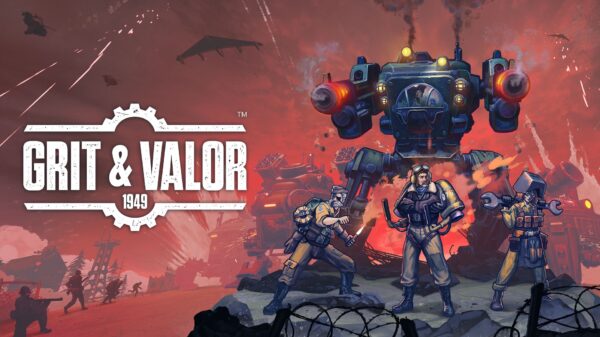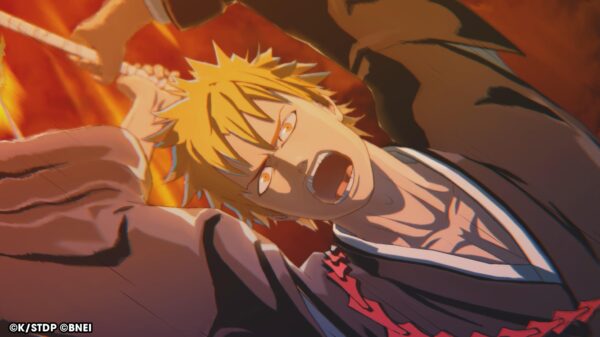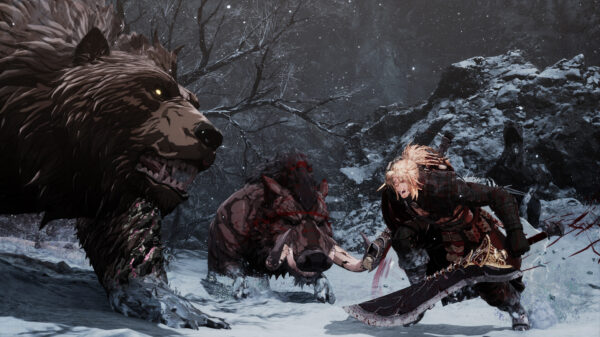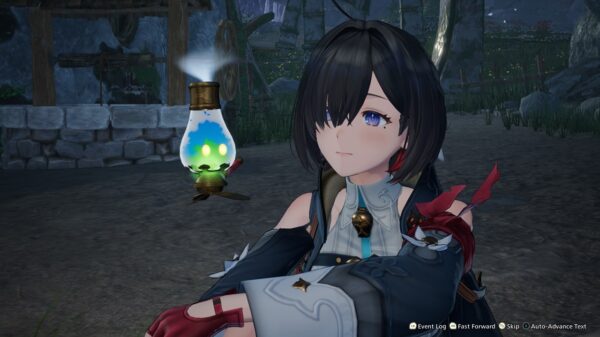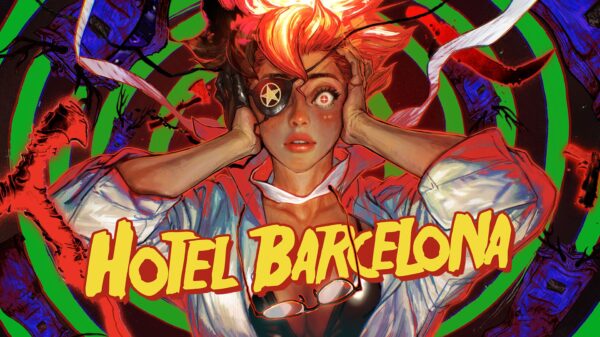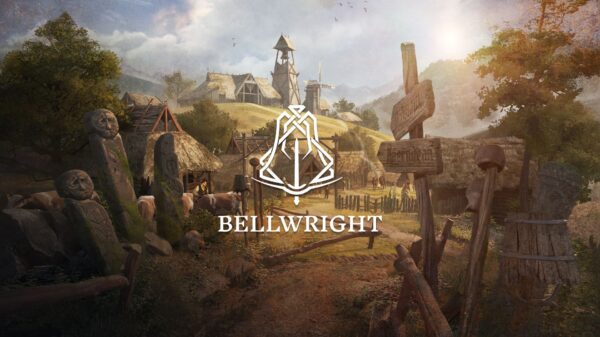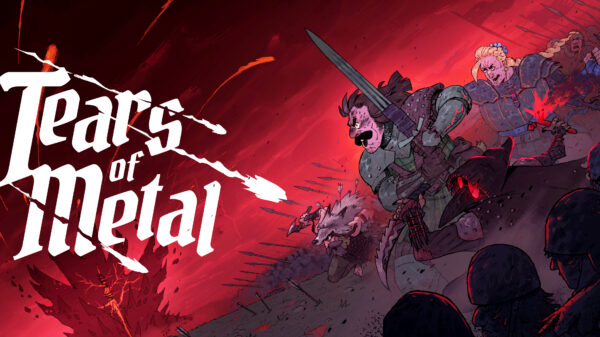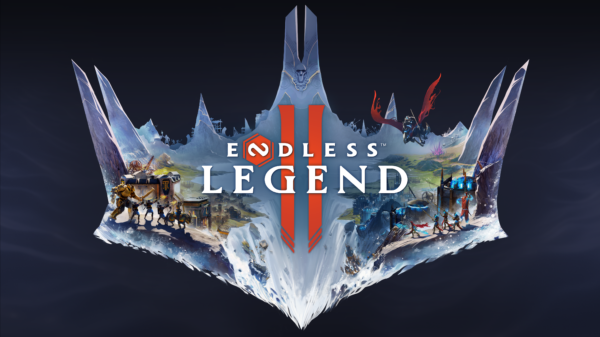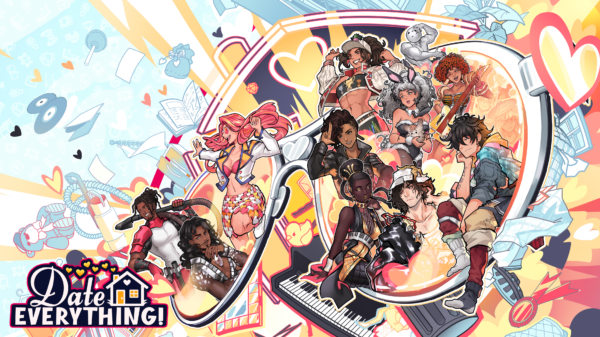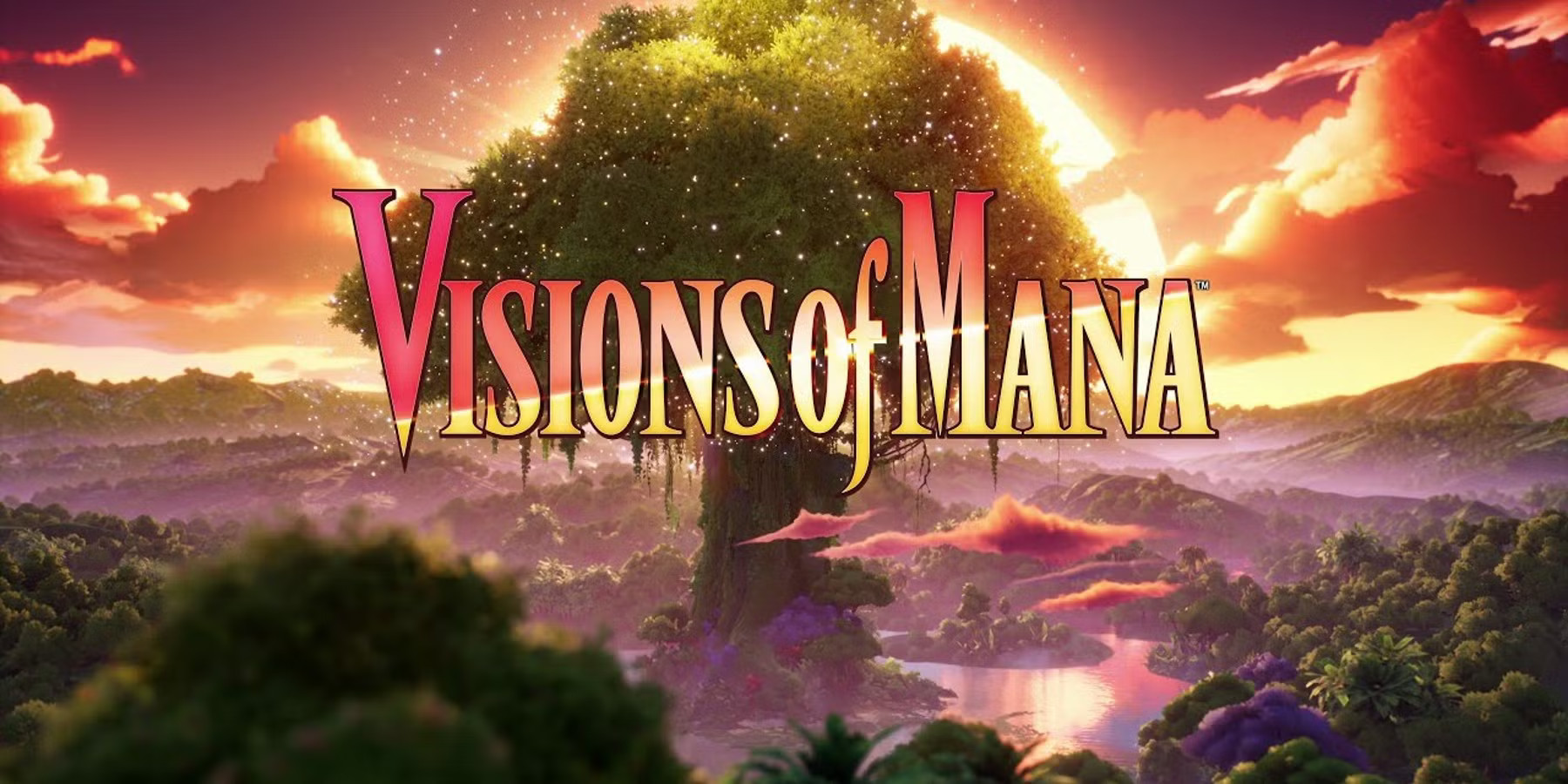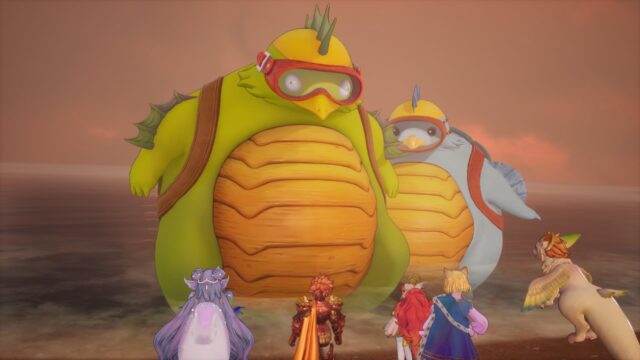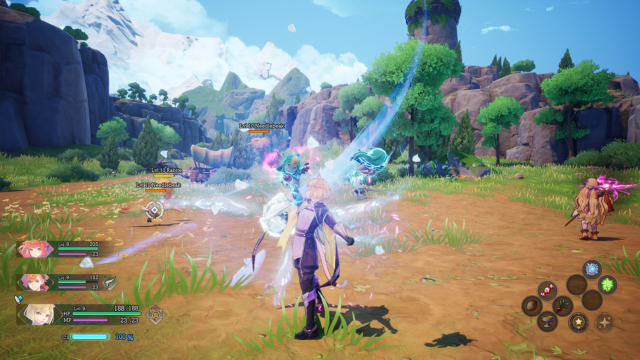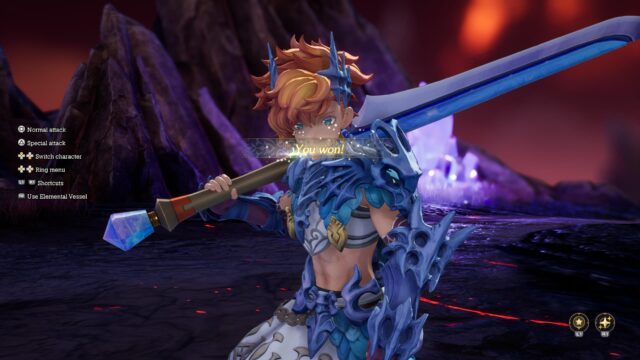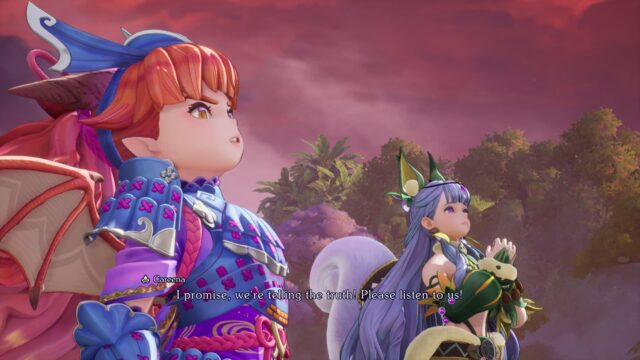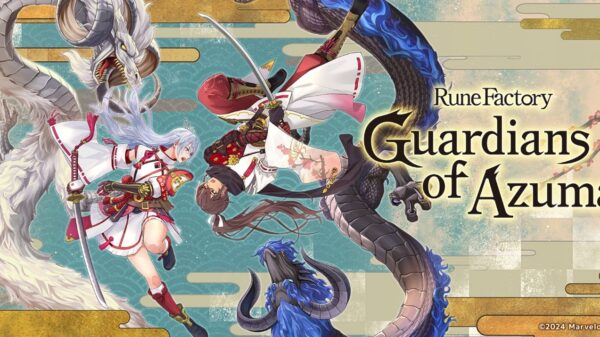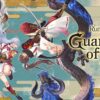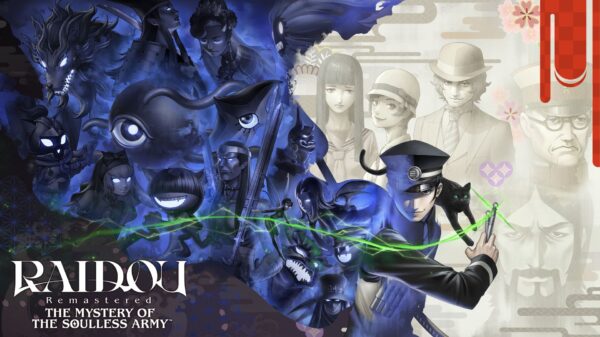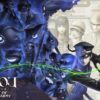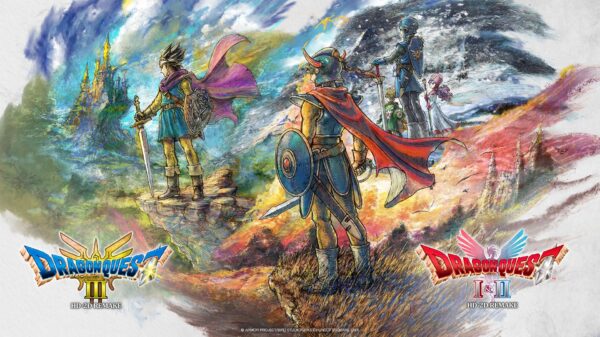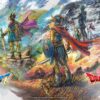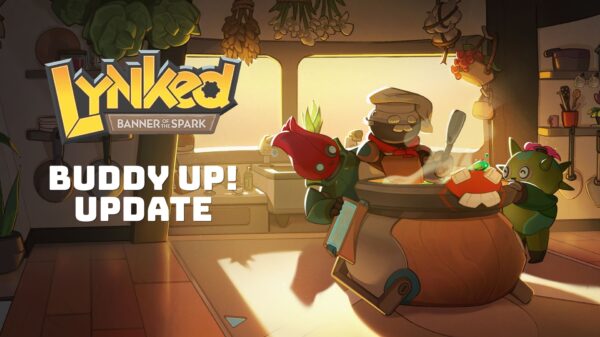The Mana franchise has always seemed like an action counterpart to Dragon Quest. Both focus on a more light-hearted story with brighter art and sillier monster designs. Visions of Mana’s announcement was met with a very positive reception, receiving a lot of attention from RPG spaces and hitting anticipated lists across the internet. Rumors of a delay and an unfortunate release date in a very packed YEAR of not just RPG competitors but great games overall, it had an uphill battle. Then Visions of Mana was released and was received favorably, although the absurd video game rating systems used by just about every outlet would have you believe it’s middling at best. Following the release, immediately, most of the Japanese studio that developed Visions of Mana, Ouka Studio, was sacked. Nearly an entire studio was sacked a day after the release of Visions of Mana, was the game really that bad?
Visions of Mana
Developer: Ouka Studio, Square-Enix
Price: $60
Platforms: PS5 (reviewed), Xbox Series X/S, and PC
MonsterVine was provided with a PS5 code for review
The death of Ouka Studio a day after its first big release might sound damning but it’s most likely something planned well before the release of Visions of Mana. Frustratingly so, because Visions of Mana is the shot in the arm the Mana franchise needed. A modern action RPG with modern combat, an open-world setting, and stunning artwork seems like it would do well to remind gamers there’s a franchise here worth visiting. However, considering the scores, the competition, and Square-Enix’s expectations, Ouka Studio was stuck between a rock and a hard place. I suspect if NetEase kept Ouka Studio around, Square-Enix wouldn’t have worked with them again. Game development business speculation aside, I liked Visions of Mana a fair amount.
Visions of Mana is a Beautifully Presented RPG
Visions of Mana starts with Lyza and Eoren escaping a village of people who seem to be pleading with them to stay. As it turns out, Lyza is the Alm of Earth and Eoren wants her to escape and eschew her duties. As we learn, Alms are chosen by the guardian of each element, and the faerie is sent as an emissary to inform the Alm. The Alms of each element make their pilgrimage to the mana tree and are sacrificed for prosperity. Visions of Mana takes place four years later as our protagonist, Val, is chosen as the Soul Guard. The Soul Guard is a position given to a warrior to escort the Alms to the Mana tree. He and the Alm of Fire, Hinna, set out to collect the other Alms and escort them to the Mana tree. We’re not breaking narrative ground here.
Throughout the story, Val is tested by just about everyone he comes in contact with as he attempts to gather the Alms. Quite frankly, I might have lost my mind if I were Val because it seems like the entire world is in favor of this process, they just aren’t interested in facilitating it whatsoever. Val however, happy himbo that he is, takes everything head on and makes sure there are Alms for each of the elements and continues on his merry way. Along the way he runs into his old pal, Eoren, who is trying to get him to do some shady stuff, some stuff that might go against the teachings of the Goddess of Mana, and that goes about as well as you expect it to.
Eventually, you’ll go on to pick up Careena, Morley, Palamena, and Julei. Careena is a dragon girl Oracle who becomes the Alm of Wind and is joined by her adorable dragon pet Ramcoh. Morley is an orphaned cat boy swordsman who becomes the Alm of the Moon. Palamena is the queen of Legdas Bay and has been dealing with a dwindling water supply but becomes the Alm of Water. Julei is a sproutling who writes music all day and is a custodian of the plants that will one day become the Alm of Wood. It’s a varied cast, and the differences in their appearance as well as demeanor make for a pleasant playthrough.
Primarily, the combat is just hack and slash with the occasional spell interwoven. The party can hold three members and there are five total teammates to collect. As elements unlock, new classes become available for each teammate provided they equip the correlated vessel. Unlocking and playing around with the classes is a lot of fun until you realize there are essentially just three classes. For example, Val’s weapon types are Small Sword, Great Sword, and Lance. The classes all fit within those three weapon types with small variable differences but, for the most part, they’re all the same.
Combat isn’t something that stands out particularly well either, as it was very familiar to me, someone who isn’t intimately familiar with the series. When you get into a fight, a circular invisible boundary is drawn. If you hit that boundary for long enough you’ll escape. Otherwise, you can attack the enemies, use items and spells, or cast an elemental break or class strike. Items are based on a ring system and you’re given more options with shortcuts but I never needed more than was on the ring, which has 8 slots for items and another 8 slots for spells.
Class strikes are big attacks that allow you to hit a single button and set your controller down for a few seconds while big numbers display on the screen. These were probably my least favorite parts of the combat. Again, like the classes, they seem like they’re going to do well but are fairly underwhelming. Even some of the more interesting class strikes, like Careena’s Starlancer class strike which has her running around and making a big smile as the camera closes in on her face, didn’t deal very much damage. For the most part, though, it’s just a big strike followed by another smaller strike or just one big strike.
The vessel gives an ability to use on a short timer that’s made shorter by connecting attacks. I particularly liked the water vessel which had the character pull out a pot and shoot water like a firehose at the enemy doing repeated damage and encasing them in a bubble. With enough damage, the bubble would burst dealing big damage to the enemy and its cohorts. Light was another particularly powerful vessel, connecting enemies together so they shared damage and knockback which allowed you to clear big packs easily.
Elemental breaks, unlike class strikes, were quite fun. It seemed like a few of them would create a dome around the battlefield that would cause an effect on the enemy and allow the characters to dodge farther and close in on enemies with attacks. The effects are killer though. My favorite of these was the dark element, creating a black hole that sucked enemies in, rendering them unable to attack until the black hole exploded. They’re not all offensive though, the wood break for example coats the field in green and regenerates health for your team. The wood break became less effective as time went on and health pools got bigger.
Despite the lack of granularity in the class system, it was still fun unlocking classes and playing around with them. Combat was quick and smooth, giving little bonuses for completing battles quickly, without taking damage, or using one of the special attacks. Boss fights ranged from exciting and fun to spongy and boring. Because you can’t change vessels during battle, if you go into a battle with the wrong element, prepare for a long one. Long battles can be mitigated by Val’s ability to imbue an element’s power on a teammate’s weapon but only if you’ve assigned that spell to the spell ring.
Navigating the overworld was a treat too, as the map shows teal circles to indicate there’s something for the player to do at a given spot. Usually, it’s a treasure chest or an elemental thing that you can explode for elemental plot points. The elemental plot is just a skill tree that you assign points into to get passive or active abilities for each element. But there are also points of interest that use the elements to get by hazards and allow you to explore even further. Likewise, 8 ruins in the game feature higher-level enemies and side-quests galore. There are over 100 side-quests in Visions of Mana and I’m surprised the number is that low as every time I visited a city in a new chapter, no matter how many I completed, there were always more.
Despite the options available, Visions of Mana has a real problem with its story. While a straightforward story is fine and dandy, one lacking any kind of twist or turn is just boring. I kept hoping something new and exciting would happen and it just didn’t. Any time something would take Val off the beaten path, it was downright predictable. The story beats you’re expected to be surprised by can be seen a mile away. Even in areas where I felt they captured a realistic emotion like Val having to explain to a character’s parents that they were no longer with the party, it ended up being downright saccharine.
For all its faults, I think Visions of Mana is a pretty good game. It went down easy and there was a lot to do. Likewise, the visuals and music make it the modern Mana game that’s precisely what’s required to become invested in the series. Unfortunately, especially in a year stacked with great RPGs already out, Visions of Mana doesn’t quite make the cut.
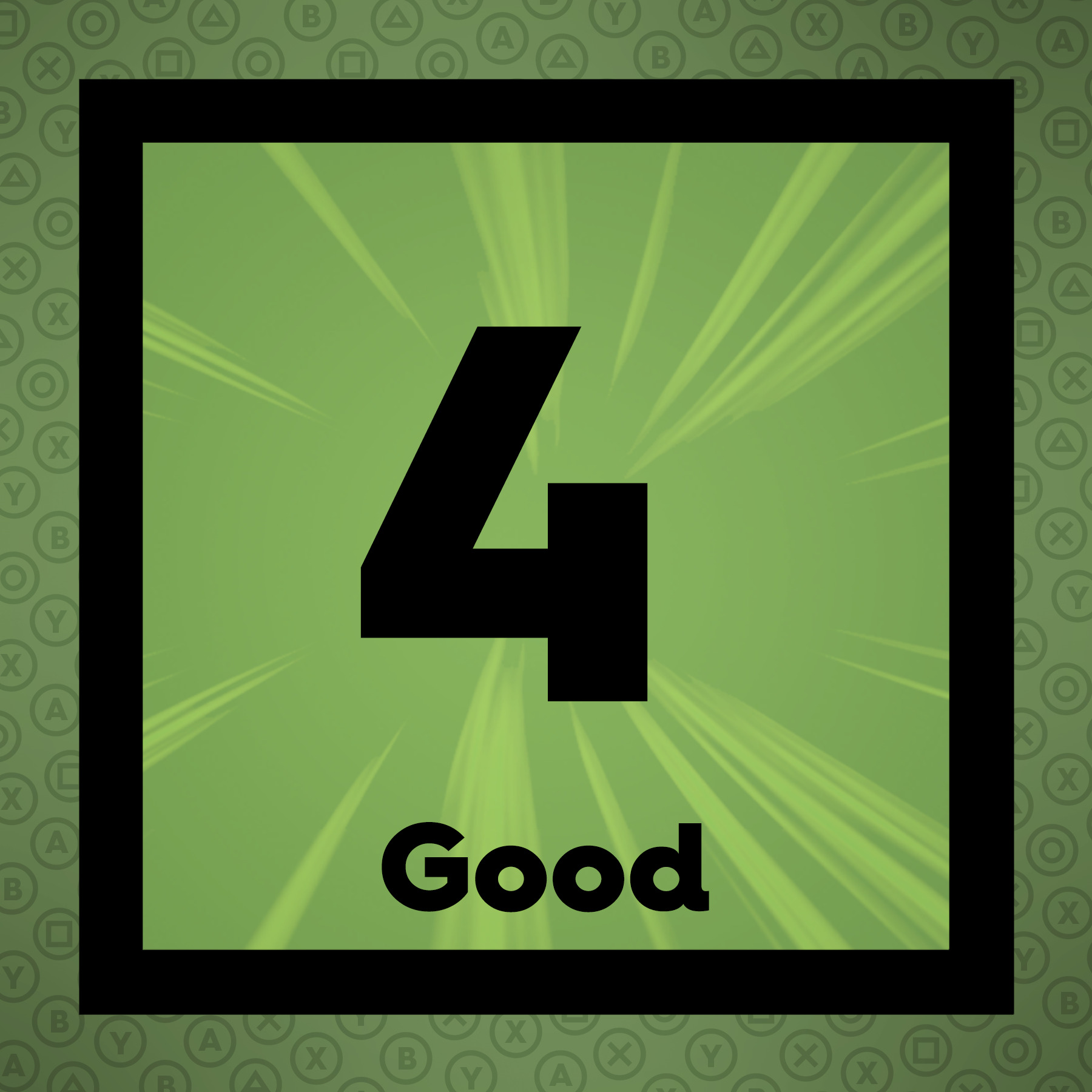 The Final Word
The Final Word
Visions of Mana is a competent, visually beautiful, and fun game that might have stood out were it released any other year but this one.
MonsterVine Rating: 4 out of 5 – Good

